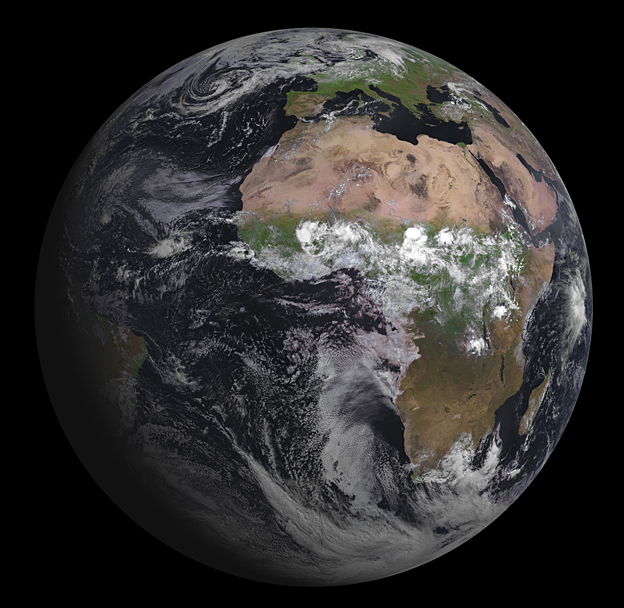The Secret Life of Stars by Lisa Harvey-Smith
New York : Thames & Hudson, 2021.
182 p. : ill. ; 22 cm.
This is a light (but super informative) read. At times the over-anthropomorphizing of stars is a bit much, but that's the only fault I have with this really good introduction to the wild variety of stars that astronomers and astrophysicists study.
From the sun to massive black holes and all the weird variations in between, this book offers a tempting exploration through what is currently known about stars and also introduces readers to some of the stellar mysteries that astronomers hope to unravel when they get the chance to employ tools like the new Webb telescope.
Harvey-Smith does a great job explaining some pretty complicated concepts about how stars produce their light and heat and how elements are created in the collapse and explosions of huge stars. I would recommend this to both astronomy fans and to students who are just curious about the stars and current astrophysics.




















